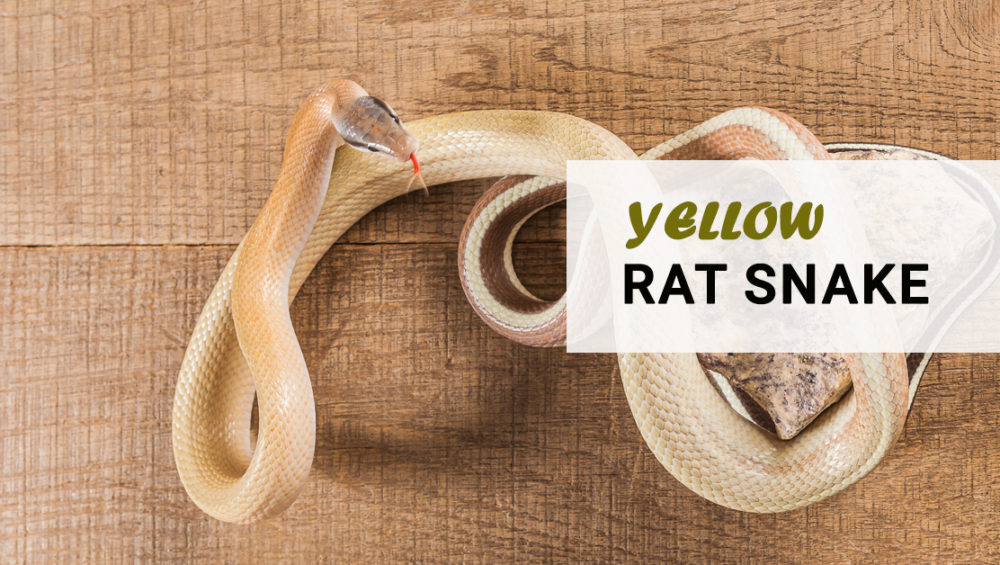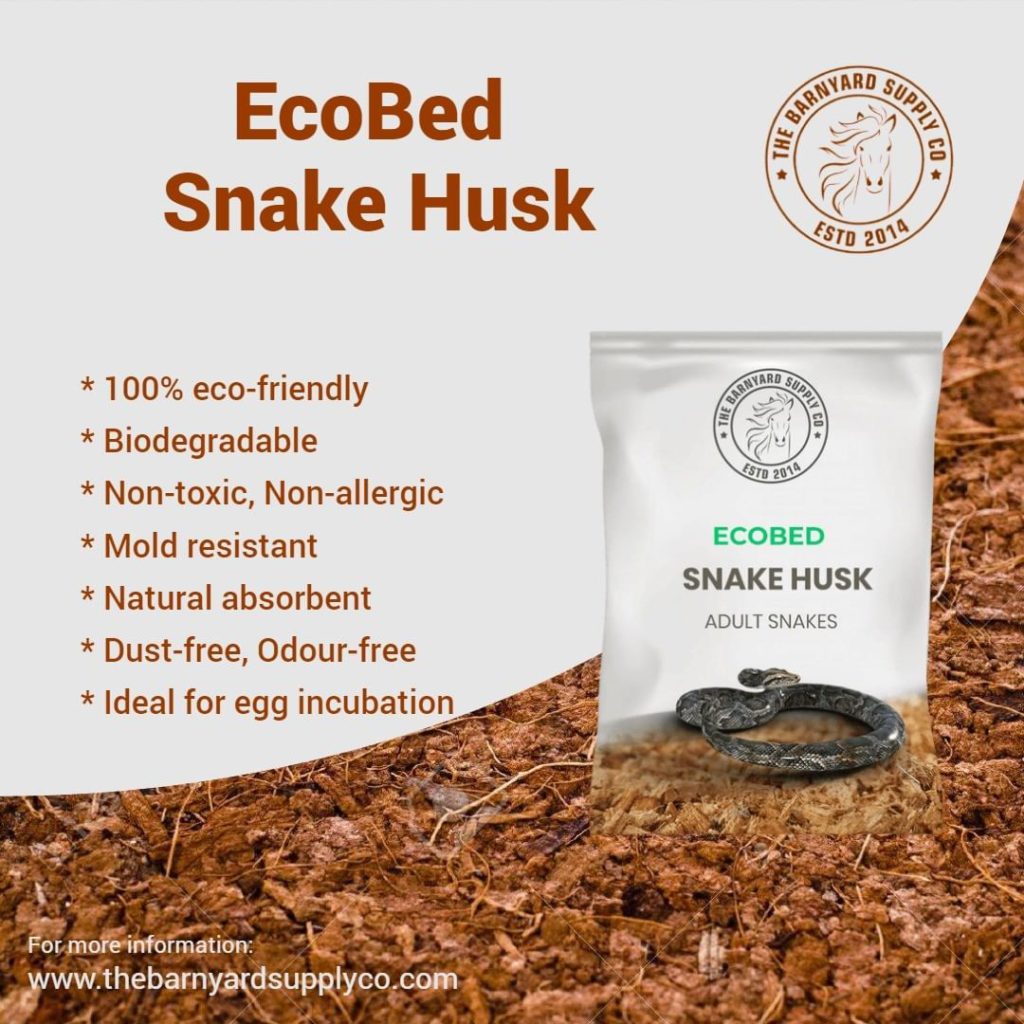The yellow rat snakes can be found in the wild from southeastern South Carolina to Florida’s southern tip. The yellow rat snake is the southeastern representative of black rat snake. Once they’ve been accustomed to being handled and you’ve become used to dealing, yellow rat snakes make excellent pets.
Yellow rat snakes are attractive animals that come in a range of colours and experience significant colour changes as they age. In the wild, they are a powerful constrictor that can easily overcome its prey of rodents and the rare bird.
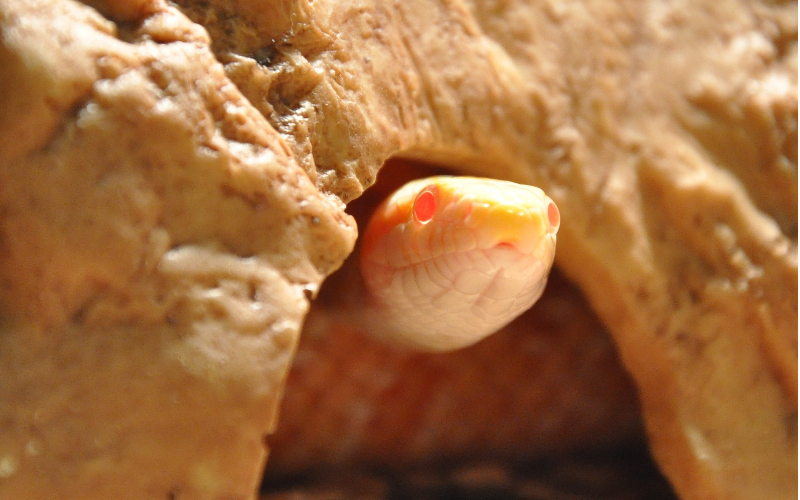
Table of contents
Behaviour
Yellow rat snakes are non-venomous. Yellow rat snakes are nocturnal creatures that are most active at night time, from dusk until late at night/early in the morning. Yellow rat snakes may prefer to hunt during the day or at night, depending on their location.
Apart from their hunting preferences, the habits and behaviour of yellow rat snakes do greatly depend on where they originate from. For instance, yellow rat snakes found in the south are known to be more aggressive than those inhabiting the northern regions.
Yellow rat snakes normally grow to be 5 to 7 feet long, while they have been known to grow to be as long as ten feet.
A yellow rat snake can live for 17 to 20 years in captivity.
Temperature Requirements
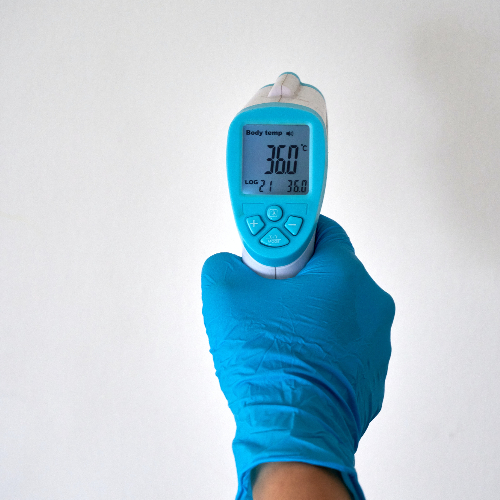
Yellow stripe rat snakes require a warm basking spot during the day. They require warmer temperatures of 85-degree F to 90-degree F. Yellow stripe rat snakes need a little drop in temperature and complete darkness at night. The night time temperature should be 80-degree F. A clear spot bulb at one end of the terrarium is used to achieve this temperature. Also heat mat can be beneficial. It is important that the temperature should always be controlled by a high quality thermostat. The thermostat will automatically turn on at night when the temperature in the vivarium drops. A thermometer should be used to check the temperature on a daily basis.
Humidity
As far as humidity levels are concerned, yellow rat snakes. Humidity levels of 40% to 50% are ideal for keeping a yellow rat snake as a pet. By simply placing a large water bowl within the cage, these levels can be easily achieved. You can use a mister or a fogger if you observe that humidity levels are decreasing below 40% despite having placed a large water bowl inside the tank. To maintain proper humidity, use a pump sprayer every four days with five to ten pumps.
Diet
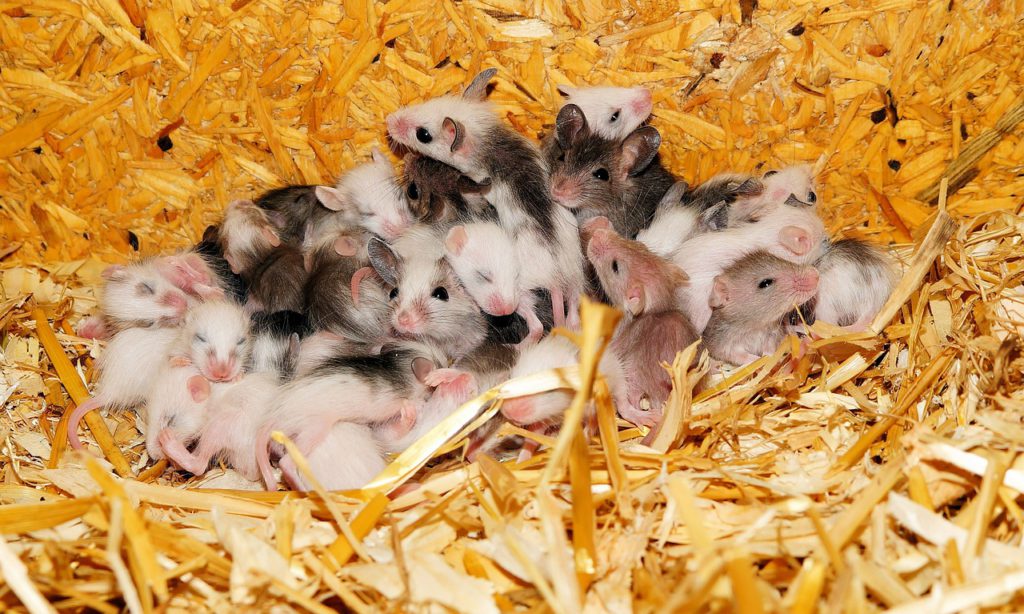
It is simple to feed a yellow rat snake. Adult yellow rat snakes eat rats, rodents and chicks. Young yellow rat snakes may prefer tree frogs and lizards for their first several meals. For hatchlings you can feed them pinky mice.
Despite the fact that rat snakes can swallow huge prey, they can regurgitate a hefty meal due to temperature changes or fear. The largest meal you serve your snake should not be larger than its head diameter.
Even domesticated yellow rat snakes can bite at feeding time, so be cautious while approaching them. Avoid offering live food to your snake as a live rodent can hurt or even kill your snake. It is best to feed the snake’s deceased prey.
Housing
The enclosure for yellow stripe rat snakes is a wooden vivarium. This is because wood is a good heat insulator, therefore a wooden vivarium will make it easier to maintain the critical habitat temperatures. Glass terrariums, for example, are significantly too efficient in releasing heat. To allow air to move in and out of the cage, the wooden vivarium should have adequate ventilation.
As Yellow rat snakes are large in size, the vivarium should be at least 860mm (34″) long. To live happily, they require a comparable quantity of room. A suitable length of vivarium is required to allow for the establishment of a temperature gradient. The enclosure should be warm at one end and cool at the other, with enough distance between them for the temperature to drop.
Breeding
If you keep a male and female together, they may breed. You do not need to do anything to encourage this, provided they are healthy and the conditions are good, it will happen naturally. A gravid female should be able to lay her eggs in a nesting box. The box should be spacious enough for her to spin around completely within. To keep the box damp and humid, you can use moss.
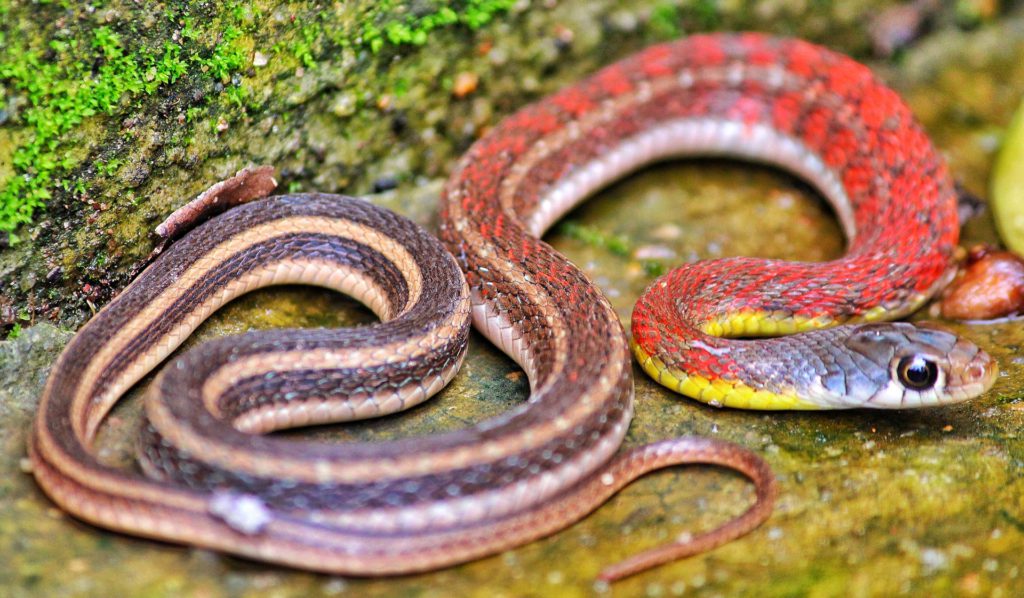
Incubate the eggs at 84 degrees Fahrenheit in an incubator. To keep the humidity around the eggs, we incubate them in enclosed boxes on a moist substrate. The eggs will begin to hatch after around 60 days, and the first babies to emerge will urge the rest of the eggs to hatch.
Handling
The rules for handling a yellow rat snake are patience, persistence, and care, at least if you don’t want to get bitten. Snakes usually react defensively to quick motion, but they tolerate slow motion. They are normally suspicious of movement above them, but not so much of movement from the side.
Do not hold your snake’s neck with your hands. Instead, place one hand about a third of the way back from the head and the other a quarter of the way forward from the tail tip under it. Lift the snake carefully while holding it loosely. Always keep it away from your face.
Do not lift them for a few days after they have eaten. You may train your snake to accept handling without biting it. When you’re trying to get your yellow rat snake acclimated to being handled, gently lift it once or twice a day until it gets the hang of it. Allow your snake to calm down before attempting again.
Substrate Nature
Yellow rat snakes enjoy exploring their surroundings as much as burrowing. You should choose a substrate that allows these playful serpents to follow their natural tendencies while also being hypoallergenic and simple to clean and maintain. There are a number of substrate suits for your pet snake. Aspen shaving is one of the most popular options. Coconut fiber is natural and chemical free bedding for your snake. Newspapers are fairly reliable for snakes. Must avoid cedar and pine bedding as they are toxic to snakes.
Substrate Type
Coconut fibre
Coconut fibre is extremely light, easy to clean, and attractive. On the other hand, it is more expensive than alternative substrates. It helps absorb the odor and locks within the substrate. It is a dust free substrate which is absolutely chemical-free and non-toxic. It doesn’t mold and is very moisture absorbent.
Advantages:
· Highly comfortable material for snakes
· Odor and Dust free
· Natural and Organic material
Disadvantages:
· Doesn’t retain humidity much longer
· Large pieces of husk can cause irritation
Newspaper
Newspapers provide an easily replaceable, low-cost substrate that the snake can burrow and dig through. On the drawback, newspapers absorb both must and feces, resulting in a stench that lingers in the tank if the substrate is not changed as soon as possible. When it comes to juvenile yellow rat snakes, newspapers should be replaced even more regularly, as juveniles have been known to musk at even the little threat.
Advantages:
· It is one of the most versatile bedding options.
· It is affordable.
· It is more suitable for hatchings.
Disadvantages:
· Adult snakes can’t easily burrow in newspapers.
· Wet or damp newspaper can cause skin infection for snakes.
Aspen shavings
Aspen shavings are inexpensive, easy to replace, and aesthetically pleasing. Snakes are also really simple to burrow through. Furthermore, aspen shavings allow for good ventilation in the cage. Keep in mind that if the chips are too small, the yellow rat snake is more likely to swallow them whole while feeding. If you are using this bedding then feed your snakes outside of the enclosure.
Advantages:
· It is not too expensive.
· Snakes are easily burrowed in it.
· It does an excellent job in absorbing odour.
Disadvantages:
· It needs to change completely more often.
Conclusion:
Yellow rat snakes are non-venomous and they are truly attractive species. Once they’ve been accustomed to being handled and you’ve become used to dealing, yellow rat snakes make excellent pets.

